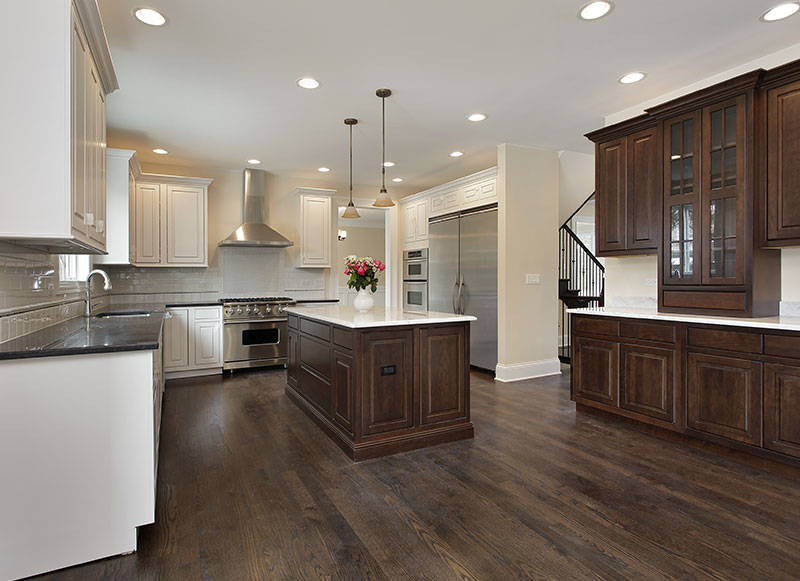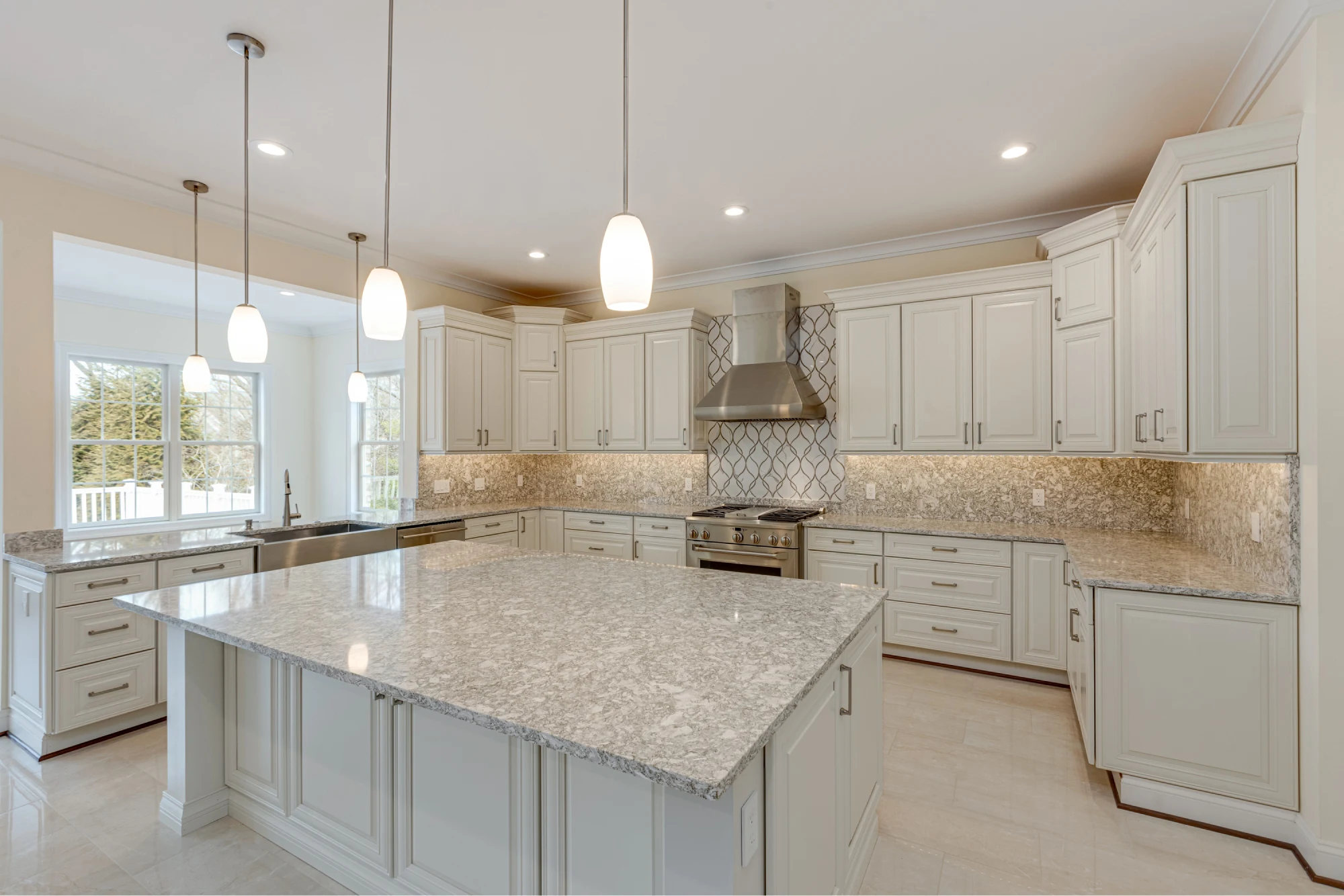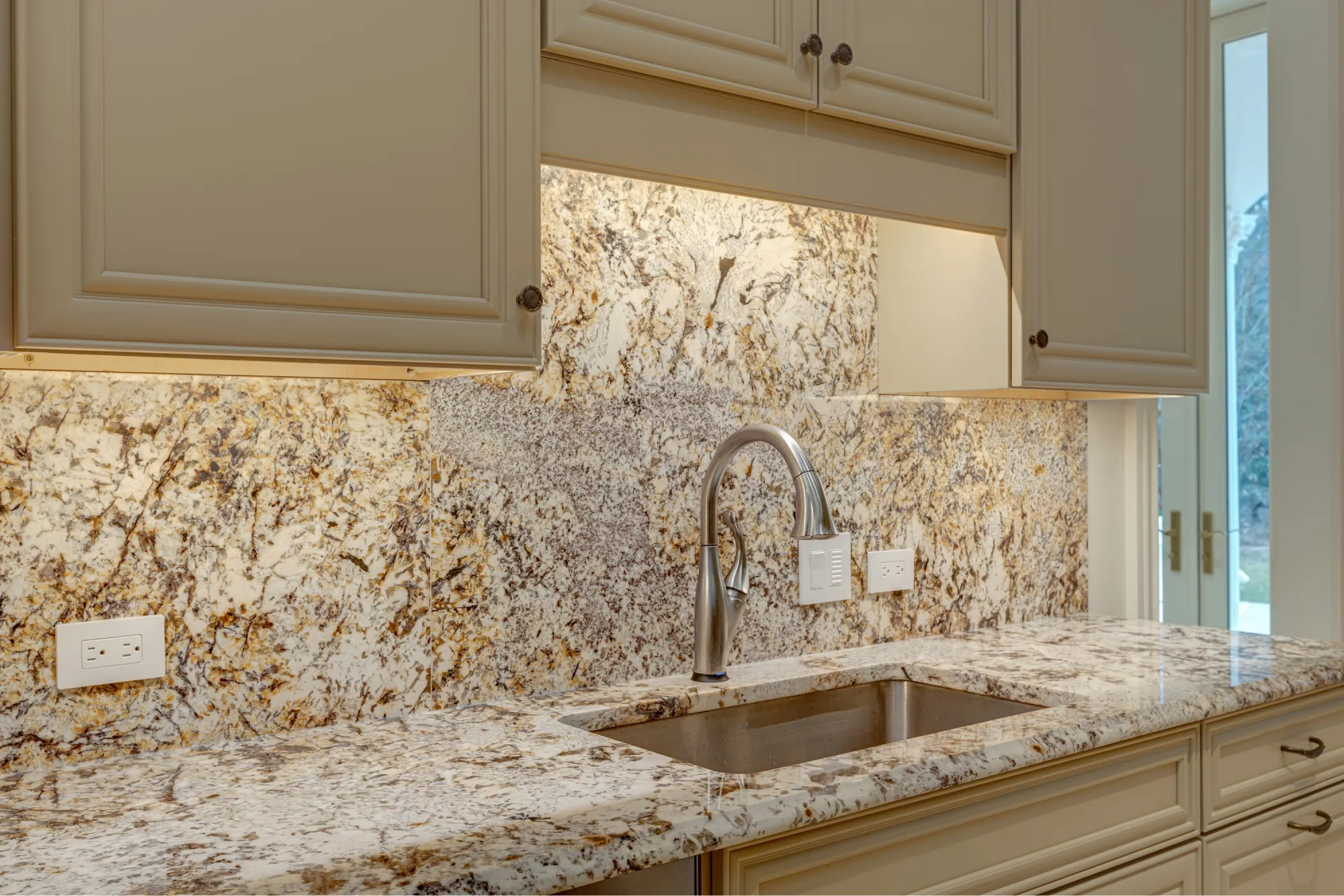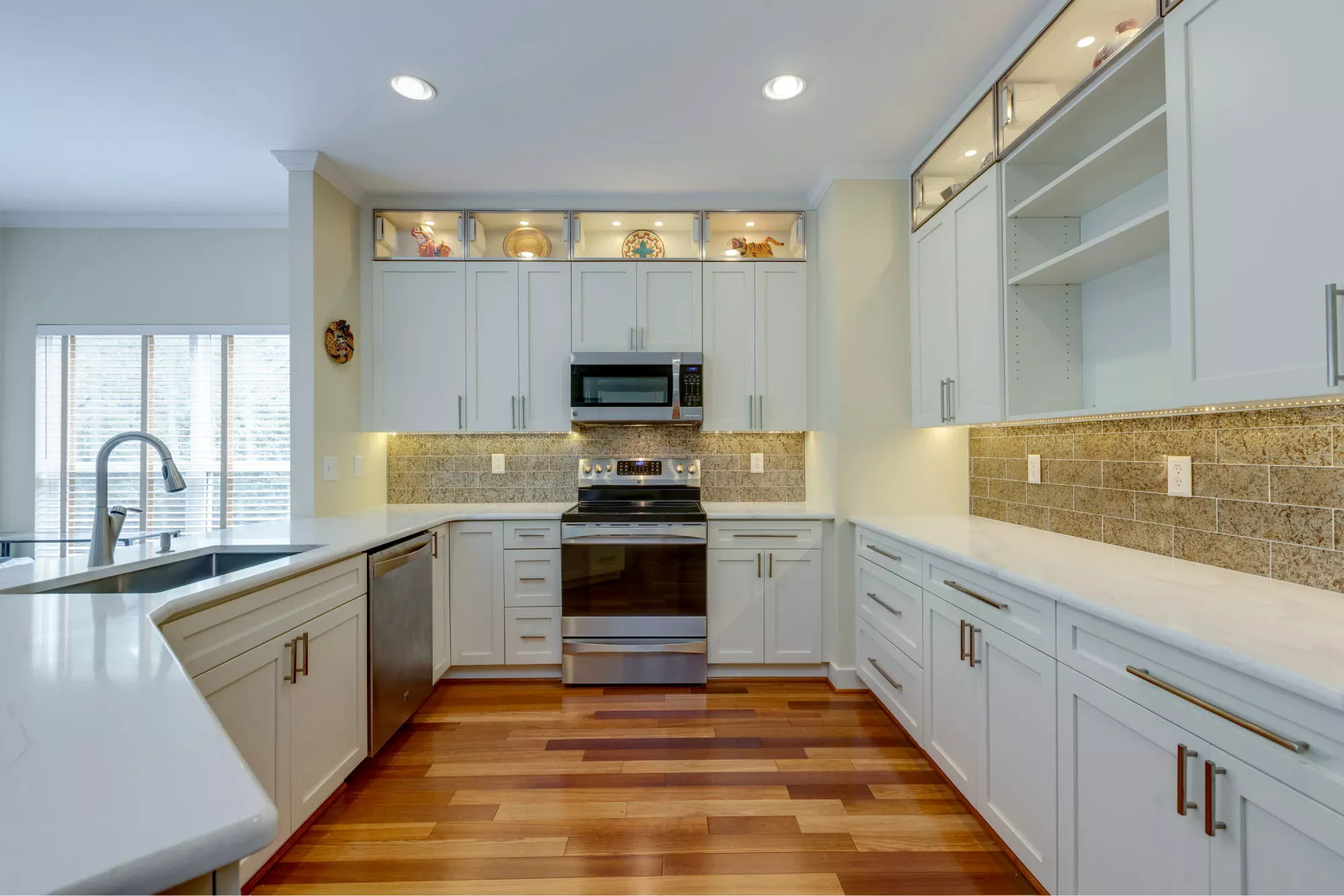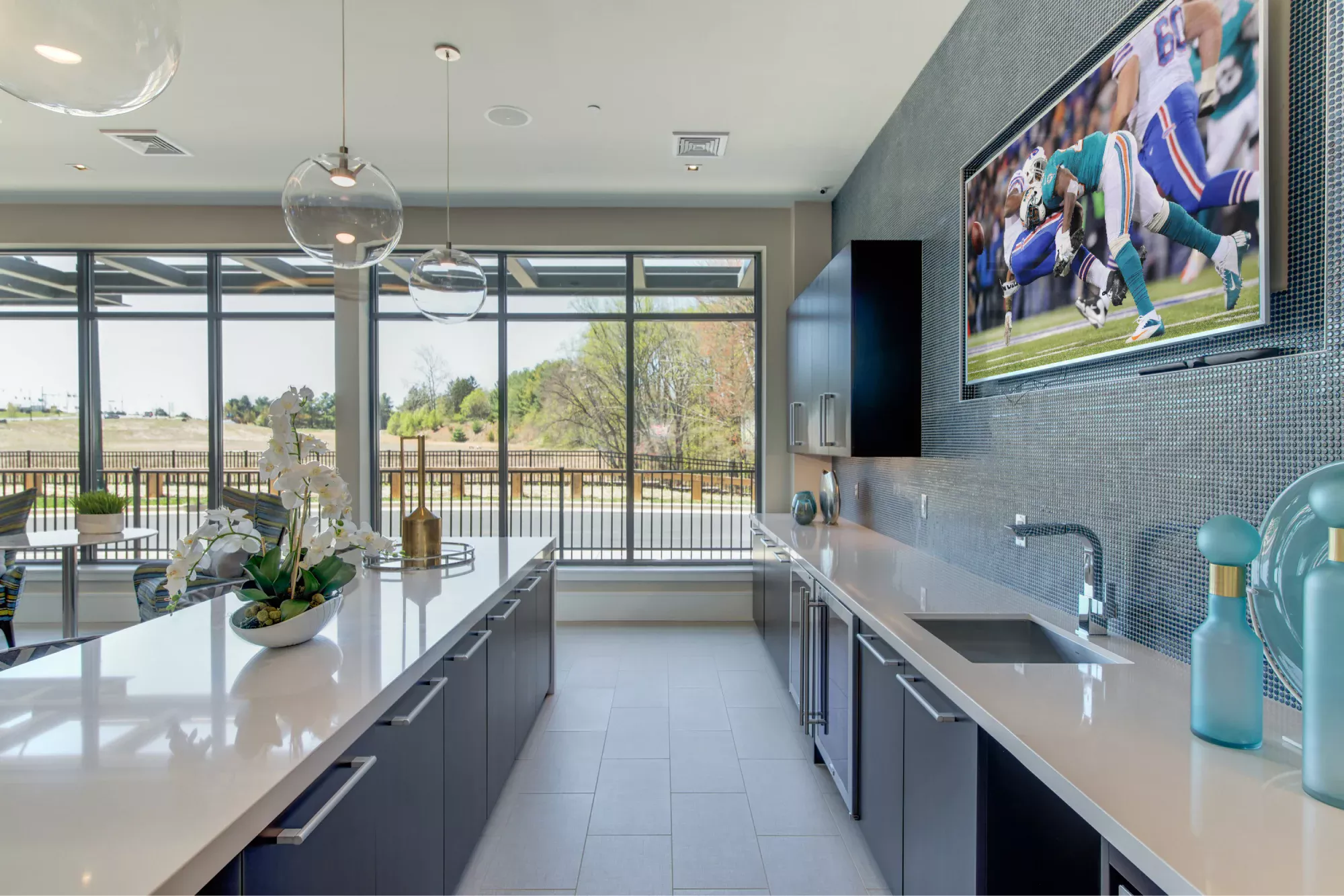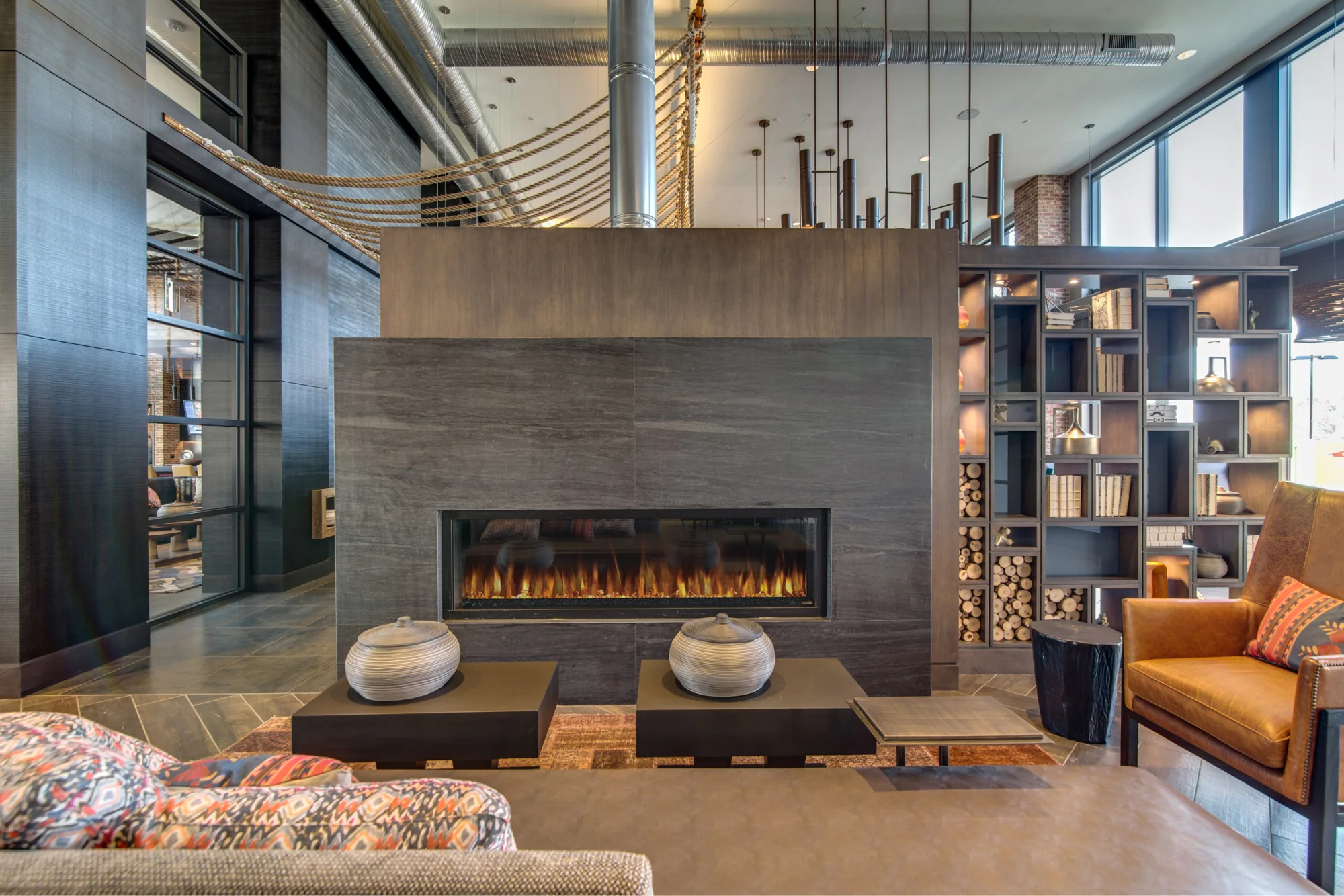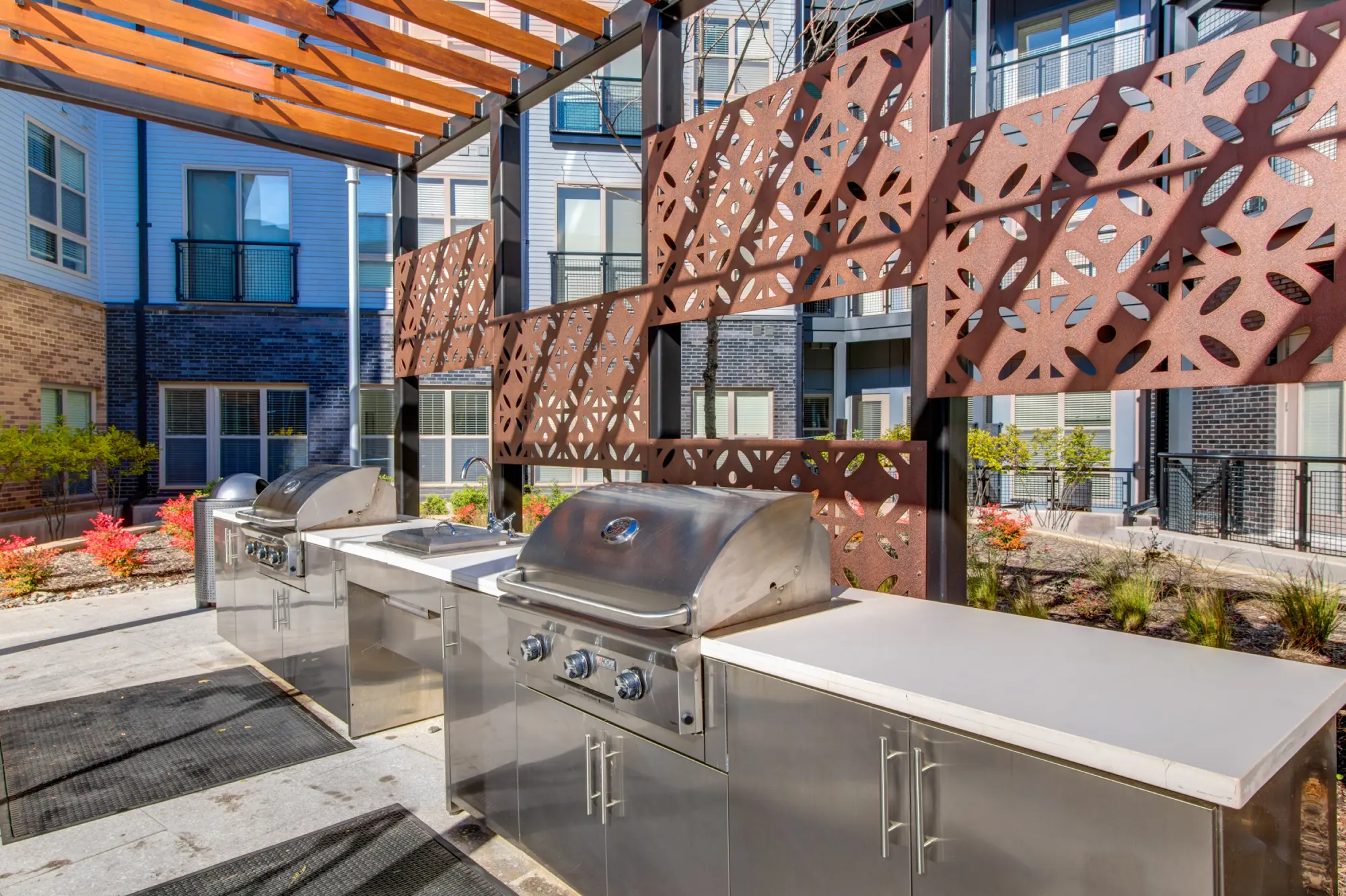
How to Clean Granite Countertops
Blot up spills immediately, before they penetrate the surface.
Clean stone surfaces with a few drops of neutral cleaner, stone soap (available in hardware stores or from a stone dealer), or mild dishwashing liquid and warm water.
soft, clean cloth to clean the granite. Rinse after washing with the soap solution and dry with a soft, clean cloth.
Remove a stain on granite, basing the method on the type of stain. Mix a cup of flour, 1-2 tablespoons of dishwashing liquid with water to make a thick paste. Put it on the stain, cover with plastic wrap, and let it sit overnight.
Scrape away the mixture with a wooden utensil and rinse. If the stain is oil-based (e.g. grease, oil, milk), use hydrogen peroxide in the paste instead of dishwashing liquid - or try ammonia on it.
Try a mixture of 12 percent hydrogen peroxide mixed with a couple drops.
Use a lacquer thinner or acetone to remove ink or marker stains from darker stone. On light-colored granite, use hydrogen peroxide to these stains. This also works for wine stains.
Mix molding plaster and pure bleach into a paste and spread over a wine, ink or other non-oil stain. Leave on for 30 minutes, then remove and rinse.
Paste a mix of molding plaster and water over an oil-based or fat-based stain. Mold it into a bird's-nest shape and allow to stand for 3 hours. Remove and rinse.
Reseal the countertop every year or two years. Check with the installer for recommendations. Use a non-toxic sealer on food preparation areas.
Consider using a new disinfectant cleaner made specifically for granite.
Call your professional stone supplier, installer, or restoration specialist for problems that appear too difficult to treat.



